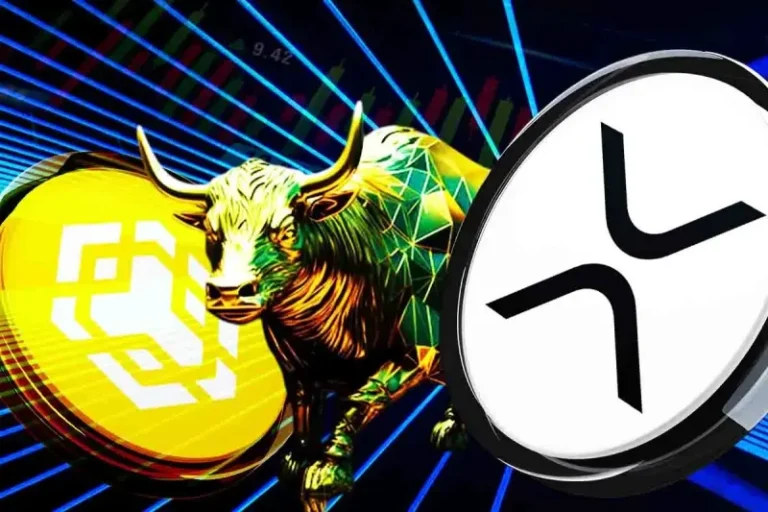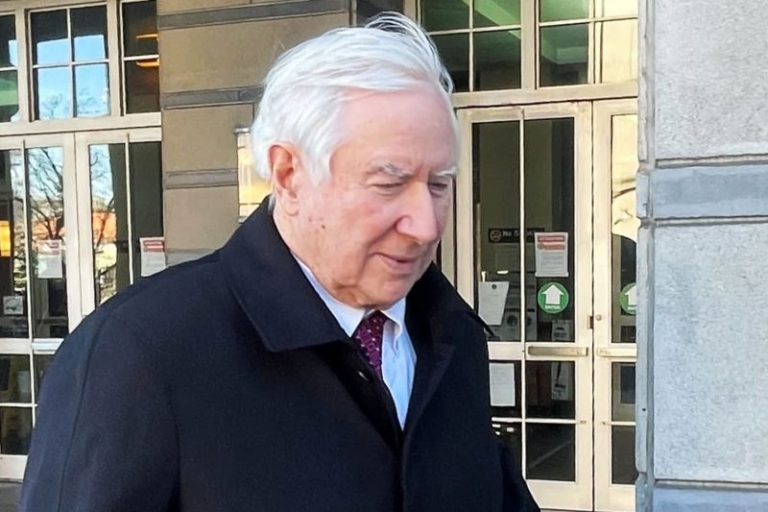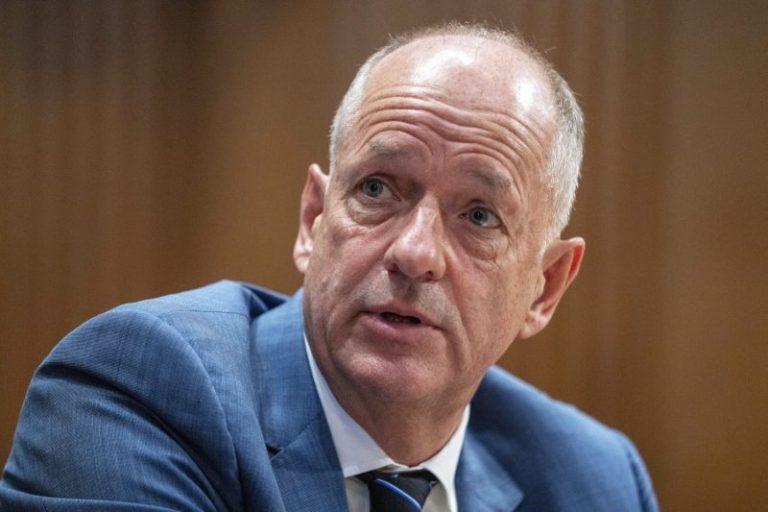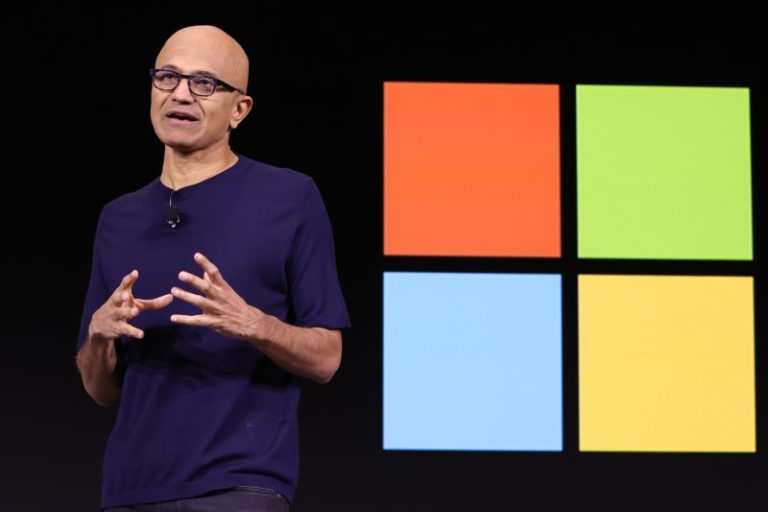April is generally a volatile month for crypto market, and in the year 2025 April followed this pattern with aplomb. From early-month tariff anxiety to brief political relief from Trump, the crypto market turned into a testing ground for political compliance. The market quickly rebounded alongside dovish expectations from the Federal Reserve and external factors, with AI and Meme tokens sharply registering in the spotlight. Meme tokens rose very sharply on the coattails of CZ promotions and Binance Alpha airdrops and soon became the principal indicators of sentiment and liquidity flows in the crypto markets.
The article reviews the crypto market of April and underlays the general market outperformances and fund flows before diving into fierce liquidity competition between major platforms, the storyline evolution in and around fading celebrity influence, and the rebirth of abstract and humor-driven top meme coins. Finally, we will forecast key trends and events to look out for in May with the aim of furnishing a bird’s-eye overview of the Meme market in April as well as a useful analytical framework for May.
Crypto Market Rebounds Mildly: Macro Constraint exists, Funds Flow to AI and Meme
In April, U.S. inflation slowed moderately, and the Fed hinted at possibly ending quantitative tightening within the year. Despite uncertainties about interest rate cuts, risk appetite remained cautious. With macroeconomic uncertainties, stablecoins kept acting as the cushion, aiding Bitcoin’s rebound from $82,000 to between $90,000–95,000, or more than 20% monthly increase.
Early in April, Meme and AI industries showed up as major drivers of market expansion, therefore overshadowing somewhat better results for more conventional and long-tail tokens. Among the top 100 assets, only three tokens—VIRTUAL, FARTCOIN, and TAO—reported increases exceeding 100%, according to CoinGecko.
Liquidity Wars Intensify: Exchange Competition Heats Up
Competition for liquidity among exchanges intensified in April. Binance Alpha attracted users with points mechanism to be qualified for airdrop and Web3 wallet TGE activities. Gate.io launched Web3 and MemeBox to attract early traffic, while OKX DEX came back after a 49-day technical update.
Though LBank had no DEX product, it maintained dominance benefiting from 48-hour rapid listing and deepest Meme liquidity, becoming the go-to-place for Meme assets.
LBank’s edge is base on two core strengths: rapid listings and deep liquidity:
- In April, the top five Meme coins listed on LBank posted an average gain of 3,166%, far outpacing other major CEXs.
- According to CoinGecko, LBank led global trading share for multiple Meme tokens, including RFC, HOUSE, TROLL, and HOSICO, and often listed the potential Memecoins ahead of price explosions and maintaining market share dominance.
- Tokens such as BIAO, FIGUR, and EBUTTCOIN each saw over 70% market share on LBank, reflecting the exchange’s growing first-mover advantage and its ability to aggregate early momentum.
Binance Alpha introduced the points system in an attempt to invigorate the BNB ecosystem by grabbing early liquidity. But dynamic changes to the points thresholds also gave birth to a frenzy of HFT. In April, Binance Alpha launched early-stage Meme tokens including SPX, MOG, POPCAT, and CULT; whereas May saw launches of hot-topic tokens such as BOOP, Jager, and DONKEY, bringing brief price pumps. While Binance Alpha acts as a testing ground towards any future spot listings, itslisting pace is somewhat slow. Most of these Meme tokens witnessed their price apex at the moment of announcement and faded soon after trading commenced.
In contrast, LBank was mostly the first platform to list potential Meme tokens before their explosion, and thus users benefited from capturing the largest price gains. From an April standpoint, Meme tokens listed on LBank brought home an average 527% gain, compared with 335% on Binance Alpha; that is, a 192% difference, or approximately 57% more in returns.
For example, Beets was listed on LBank as early as February 26, reaching a peak gain of 206%. Binance Alpha, however, didn’t list it until May 6, gaining just 5%. A 70-day delay translated into a 201% advantage. TROLL, listed by LBank on April 21, soared 1,972% within a day. Binance Alpha followed the next day but only captured a 1,025% rise, meaning a 24-hour head start yielded an additional 947% return.
Meanwhile, Meme launch platforms evolved into a new dimension. Eliza Labs launched auto.fun, a zero-code issuance experience inspired by pump.fun, but with AI agent deployment capabilities that allow anyone to create an “AI Meme” in just three minutes. Simultaneously, Virtuals Protocol introduced Genesis Launch, enabling VIRTUAL holders to earn points and gain priority access to AI Agent-themed token launches, turning “fair launches” into a powerful tool for the community.
Liquidity wars and Launchpad competition has supercharged the “liquidity–hype–profit” flywheel, with high-frequency trading emerging as the dominant theme of April’s crypto market.
Attention Weakens: Diminishing Returns from Celebrity Influence
Over the past two years, celebrity endorsements are big catalysts for Meme token surges. But April marked a clear decline in market sensitivity to celebrity. Elon Musk changed his X handle to “Gorklon Rust,” briefly pushing GORK token up nearly 100% in 24 hours, only for it to drop back to $0.06 after peaking at $0.083, wiping out most gains within the same day. Similar situation happened for DONKEY, which surged upon its listing on Binance Alpha on May 5, but retraced more than 45% within 72 hours. Zerebro’s co-founder attempted a controversial suicide withdrawing strategy, which backfired within 48 hours and saw its market cap plummet from $30 million to $2 million.
This suggests celebrity tweets may still drive short-term volatility but their impact is rapidly compressing from several days to mere hours, often entering a “pump-and-dump” cycle almost immediately. The reason lies in market fatigue toward personality-driven narratives, which means highly dramatized FOMO tactics are rapidly losing their impact.
As celebrity halos fade faster, Fast listing of Meme coins before the peak of social buzz becomes more critical. LBank’s listing speed stands out here: when tokens like RFC and FIGURE began gaining traction online, LBank swiftly listed them, helping users capture early gains of up to 5,086% and 2,422%, respectively. As spot liquidity dried up, LBank would introduce perpetual contracts, offering hedging tools in time, empowering users to not only ride the emotional wave early but also exit safely.
New Meme Blood Emerges: Abstract & Humorous Roots Resurface
Currently, the total market cap of Meme tokens surpassed $56 billion, slightly recovering from March lows. According to CoinGecko, the market cap of renowned coins like DOGE and SHIB remain $10B+, while mid-tier Memecoins such as RFC and HOUSE range between $10M–$100M, still in the price discovery and community diffusion range. Micro-cap tokens under $10M make up over 70% of the Meme pool, with a highly volatile and elimination rate.
Since April, a wave of new Meme tokens characterized by “abstract narratives” and satire has emerged with humor and parody spirits, shifting the focus from pure speculation back to cultural and community-driven tokens. Notable examples include RFC, TROLL, and HOUSE.
RFC: Originating from the popular X account @IfindRetards with 700k followers, known for witty one-liner satire and 22 interactions with Elon Musk in a month, Musk’s repost on April 6 skyrocketed RFC’s market cap from $10M to $30M in two days. LBank is the first exchange to list RFC, capturing a 5,086% surge. Although its market cap has dropped more than 60%, it remains active at around $10.7M with thousands of user-generated posts each day.
HOUSE: In the words of many frustrated youth around the world, “If we can’t afford a real house, let’s buy Housecoin.” The token was launched by LBank on April 1st, when it hit a 3,759% all-time high with 13.47% in market share. HOUSE crossed the $100 million milestone toward the end of April and is currently stabilizing somewhere between $53 million and $63 million in valuation. HOUSE defied the fading trends that most hype-driven tokens were witnessing by continuing to thrive on memes and jokes about housing, which in turn created a strong community base that analysts have called a model replicable for Meme longevity.
TROLL: Inspired by the iconic 2008 Trollface meme by Carlos Ramirez (aka Whynne), a symbol of early internet counterculture. Rising 59,944% on April 20, TROLL reached a market capitalization of $27.4 million. LBank preemptively scheduled it on April 21, so seizing a 678% rise and a 16.57% market share. TROLL’s lifespan was extended by partnerships with the original artist on NFT drops and meme contests, therefore preserving its $16M market cap as of today.
RFC, HOUSE, and TROLL embody Gen Z’s subtle humor aimed at power, societal norms, and internet culture. The emergence of these signals suggests a change of reconnect with humor and social resonance, rather than transient pump-and-dumps. Tokens combining strong community identities with cultural narrative will endure over the long run.
May Outlook: Continued Trends and Key Events
Yields will come not just from catching the next wave, but from managing risk. Staying curious, doing the research, and maintaining discipline may prove the most sustainable strategy before the next cycle arrives.
The post Crypto Market in April: Meme Tokens, Liquidity Battles, and New Market Dynamics appeared first on CoinGape.








